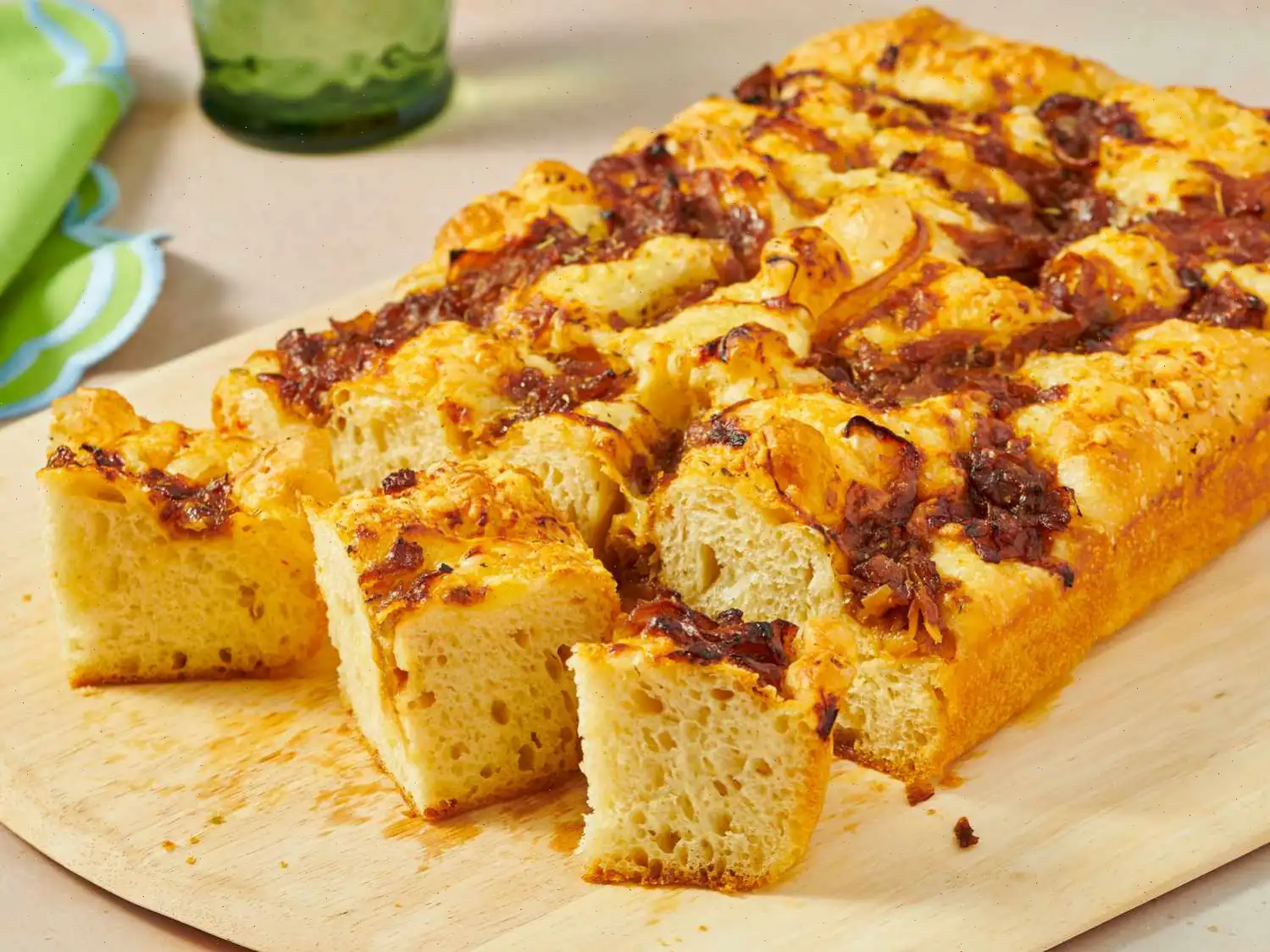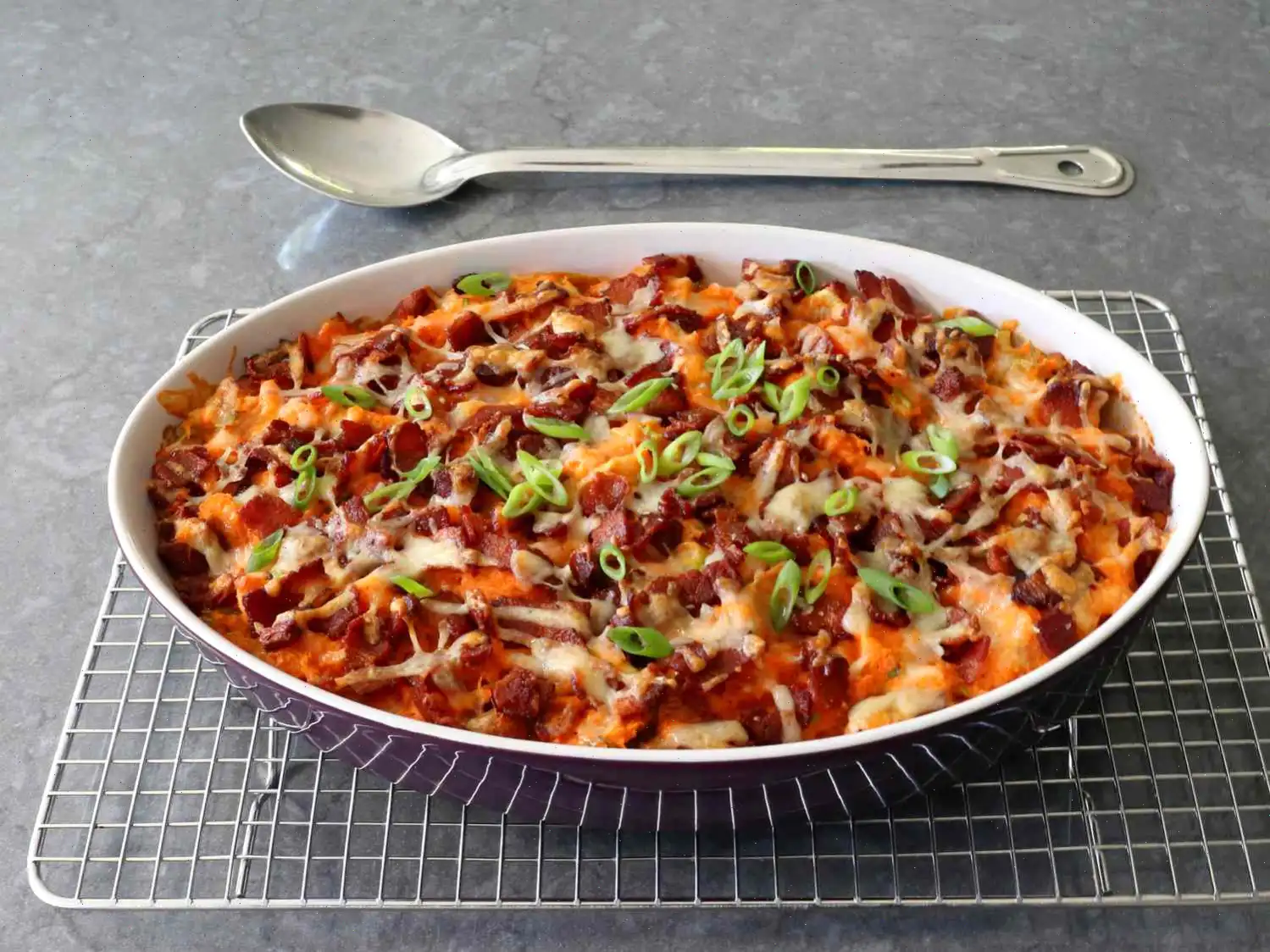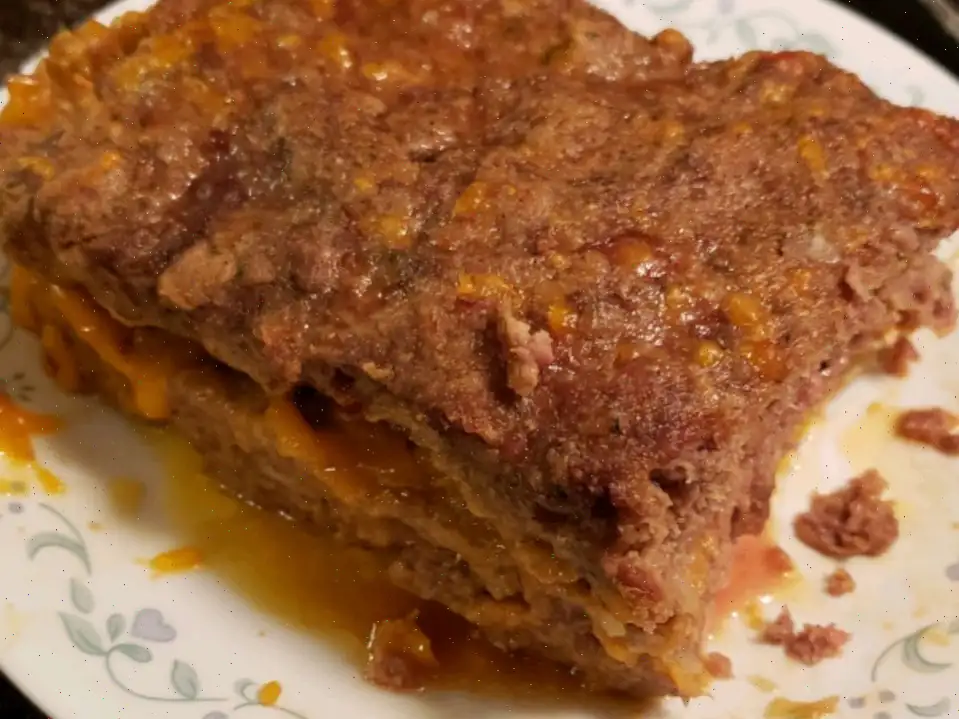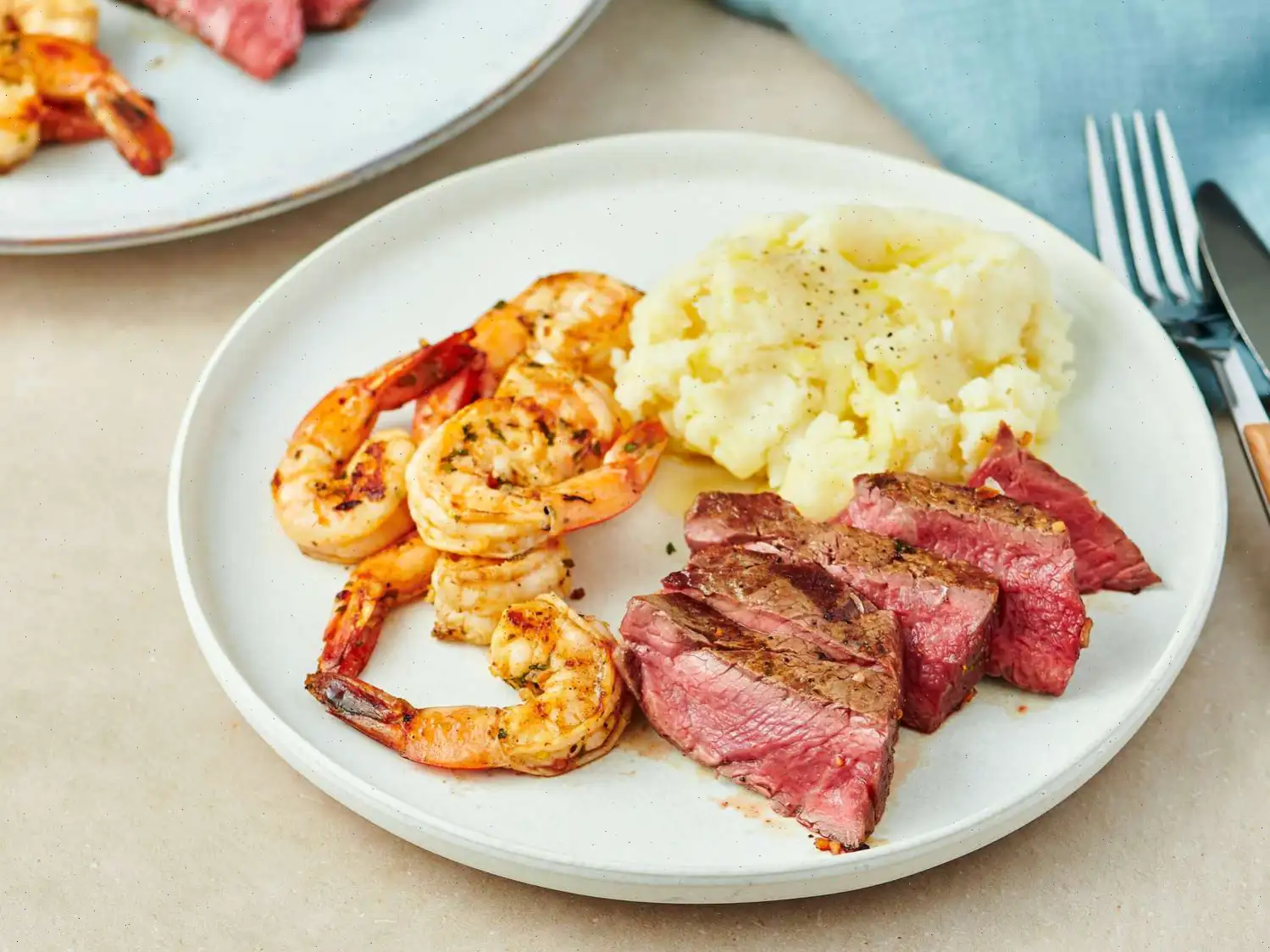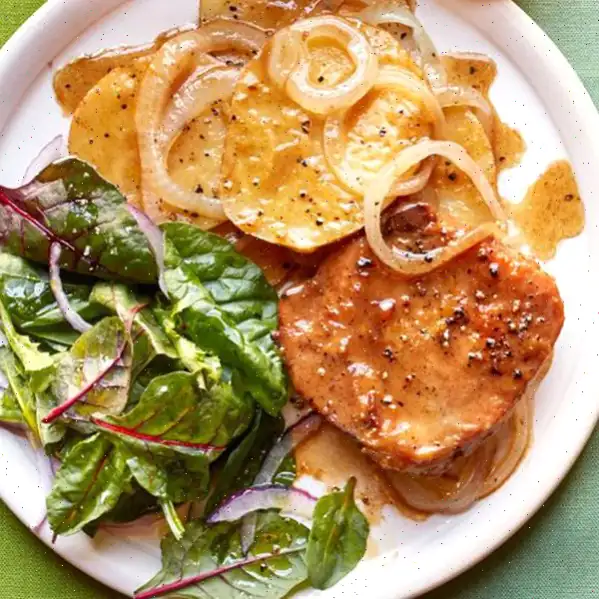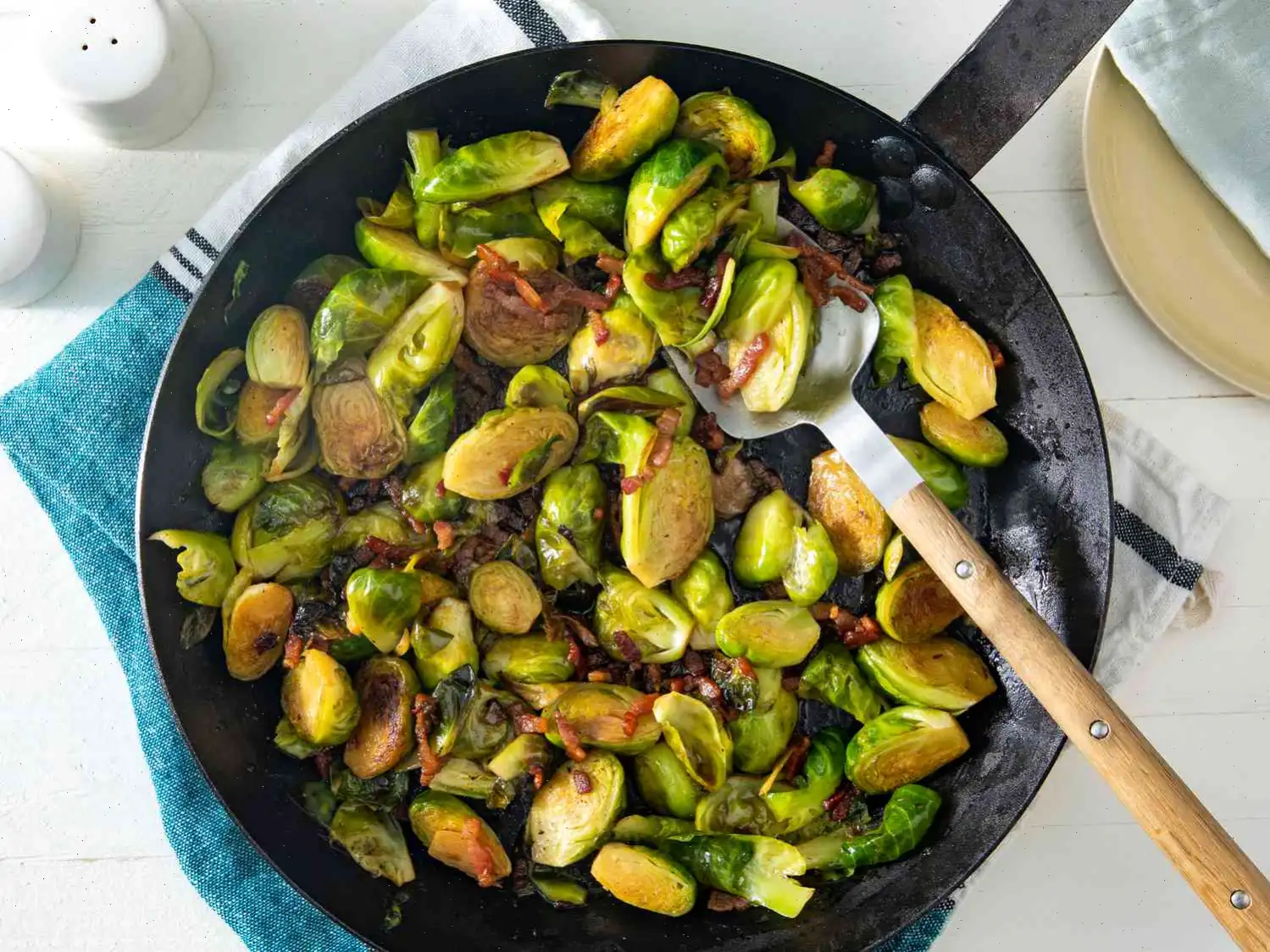
French Onion Soup Focaccia Recipe
Ingredients
This recipe yields 8 to 10 servings. Ingredient amounts are adjusted automatically, but cooking times and steps remain the same. Not all recipes scale perfectly.
Focaccia Base
- 2 cups lukewarm water
- 1 (0.25-ounce) packet active dry yeast
- 1/2 teaspoon sugar
- 2 tablespoons olive oil
- 1 tablespoon kosher salt
- 3 cups all-purpose flour
- 2 cups bread flour
French Onion Soup Toppings
- Olive oil, as needed
- 2 tablespoons unsalted butter
- 2 yellow onions, thinly sliced into half moons
- Kosher salt, to taste
- 1 cup grated Gruyre cheese
- 1/2 teaspoon herbes de Provence or dried thyme
Directions
For the Focaccia:
- Pour the lukewarm water into a large mixing bowl. Sprinkle the yeast and sugar over the top, stir briefly, and let it rest until the yeast blooms, about 10 minutes. The surface should appear foamy, like beer.
- Stir in olive oil and salt. Gradually add both flours, mixing until no dry streaks remain.
- Cover the bowl and let the dough rise for 45 minutes.
- After rising, wet your hands and perform a stretch and fold : lift the dough from the edges and fold over the center, repeating around the dough. Cover and rest 30 minutes. Repeat this process two more times, every 30 minutes. After the fourth fold, let the dough rest for an additional 30 minutes. The dough should double in volume and feel smooth.
For the Toppings:
- Lightly oil a 9x13-inch metal pan. Gently stretch the focaccia dough to fill the pan. Cover and let rise for 1 hour.
- Melt butter in a light-colored skillet over medium heat. Add onions and a pinch of salt, cooking slowly for about 40 minutes until deeply caramelized. Add water 1/4 cup at a time if needed to prevent burning. Set aside to cool slightly.
- Preheat oven to 450F (230C). Drizzle olive oil over the focaccia, then use your fingers to dimple the surface. Spread Gruyre cheese evenly, dimple again, and scatter the caramelized onions on top. Sprinkle with herbes de Provence.
- Bake for 25-30 minutes until golden and bubbly. Let sit in the pan for 10 minutes before transferring to a cutting board. Allow an additional 10 minutes to cool before slicing and serving.
Cooks Note
For precise measurements using a kitchen scale: 500g lukewarm water, 1 (7g) packet active dry yeast, 1/2 teaspoon sugar, 30g olive oil, 15g kosher salt, 400g all-purpose flour, 250g bread flour.
Nutrition Facts (per serving)
- Calories: 350
- Fat: 11g
- Saturated Fat: 4g
- Cholesterol: 19mg
- Sodium: 494mg
- Carbohydrates: 51g
- Dietary Fiber: 2g
- Sugars: 1g
- Protein: 11g
- Calcium: 132mg
- Iron: 2mg
- Potassium: 116mg
- Vitamin C: 1mg
*Percent Daily Values are based on a 2,000 calorie diet. Values may vary based on your individual needs. Consult a doctor or dietitian if following a medically restrictive diet.
The Story Behind French Onion Soup Focaccia
The French Onion Soup Focaccia is a modern culinary fusion that marries the rich, caramelized flavors of traditional French onion soup with the soft, airy texture of Italian focaccia bread. While French onion soup itself dates back to the 18th century in France, primarily in Lyon, this innovative recipe emerged as chefs and home cooks began experimenting with layering the soup's classic ingredientssweet onions, Gruyre cheese, and savory herbsonto a focaccia base instead of serving it as a broth. The result is a hearty, comforting dish that reflects both French sophistication and Italian rustic charm.
Regional Nuances and Adaptations
Though French onion soup originates in France, the focaccia twist gives it an Italian flair. Regional variations of this dish often reflect local tastes: in northern France, the onions might be cooked in a combination of butter and beef stock for deeper umami notes, while Mediterranean versions may include olive oil, thyme, and rosemary, highlighting sun-soaked flavors. In Italy, focaccia is traditionally seasoned with olive oil and coarse salt, so incorporating French onion soup toppings introduces a sweet-savory balance not typical in classic Italian bread.
Distinctive Features Compared to Similar Dishes
What sets French Onion Soup Focaccia apart from similar dishes is the marriage of textures and flavors. Traditional French onion soup is a liquid-based dish topped with toasted bread and melted cheese. Meanwhile, classic focaccia is a dry, herb-scented bread. By combining these, the focaccia version captures the gooey, caramelized onion flavor and melty Gruyre cheese in a sliceable, shareable form, eliminating the need for a bowl while retaining all the comforting qualities of the original soup.
Typical Settings for Serving
This dish is often enjoyed as a casual appetizer, a main course for a light dinner, or a party snack. In bistros and contemporary restaurants, French Onion Soup Focaccia may be served alongside a fresh salad or a glass of white wine, offering a sophisticated alternative to standard hors d'oeuvres. At home, its perfect for family gatherings, potlucks, or weekend brunches where both convenience and flavor matter.
Interesting Facts
- The caramelization process of the onions, which can take up to 40 minutes, is essential for creating the signature sweet and savory depth of flavor.
- Gruyre cheese, traditionally used in French onion soup, melts perfectly on focaccia, creating a golden, bubbly topping that crisps slightly at the edges.
- This fusion dish exemplifies the modern trend of bread as a canvas, where traditional ingredients are reimagined atop baked bases.
- Unlike typical focaccia, which often features herbs and olive oil alone, this version incorporates slow-cooked onions and cheese, transforming it into a complete meal rather than just a side dish.
- French Onion Soup Focaccia can also be customized with different cheeses, herbs, or even a drizzle of balsamic reduction to enhance its complexity.
You can listen to this recipe in AI audio format. Simply click the play button below to listen to the content in a format that suits you best. It’s a great way to absorb information on the go!


